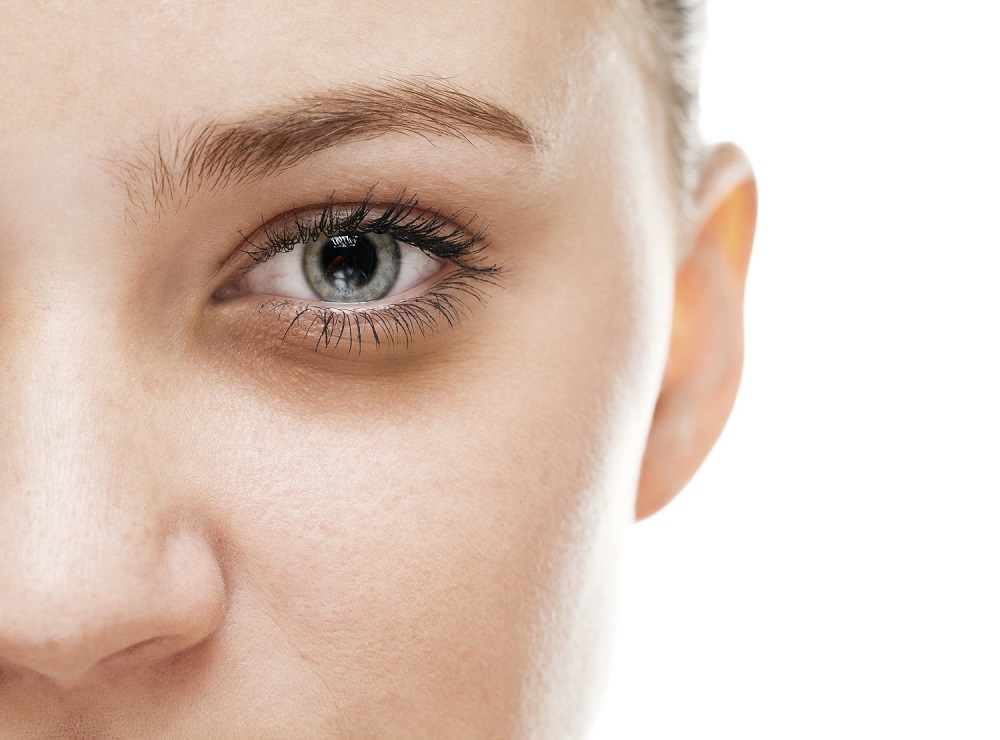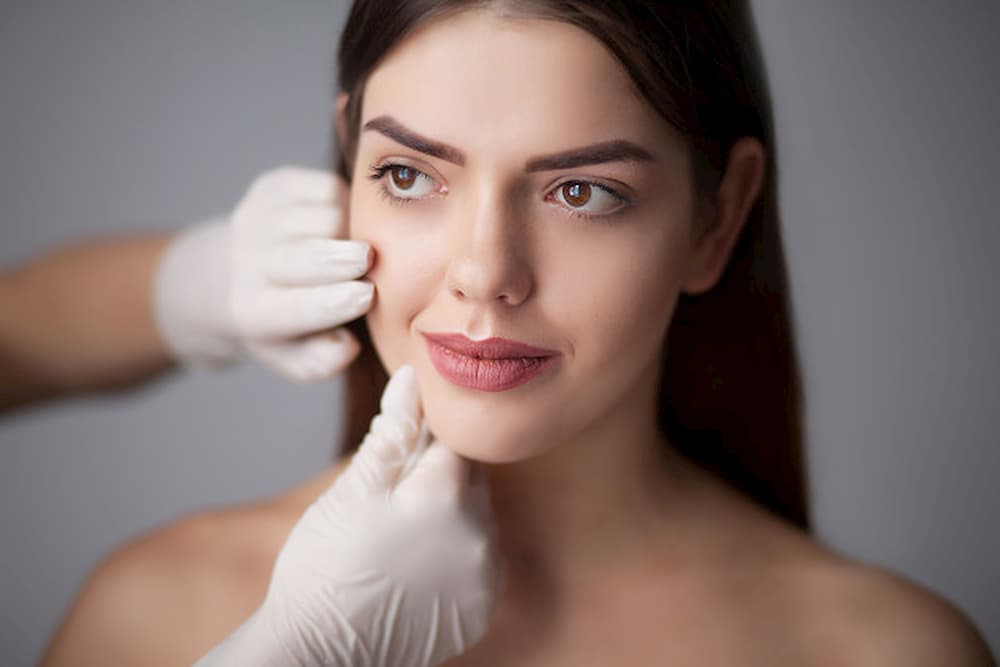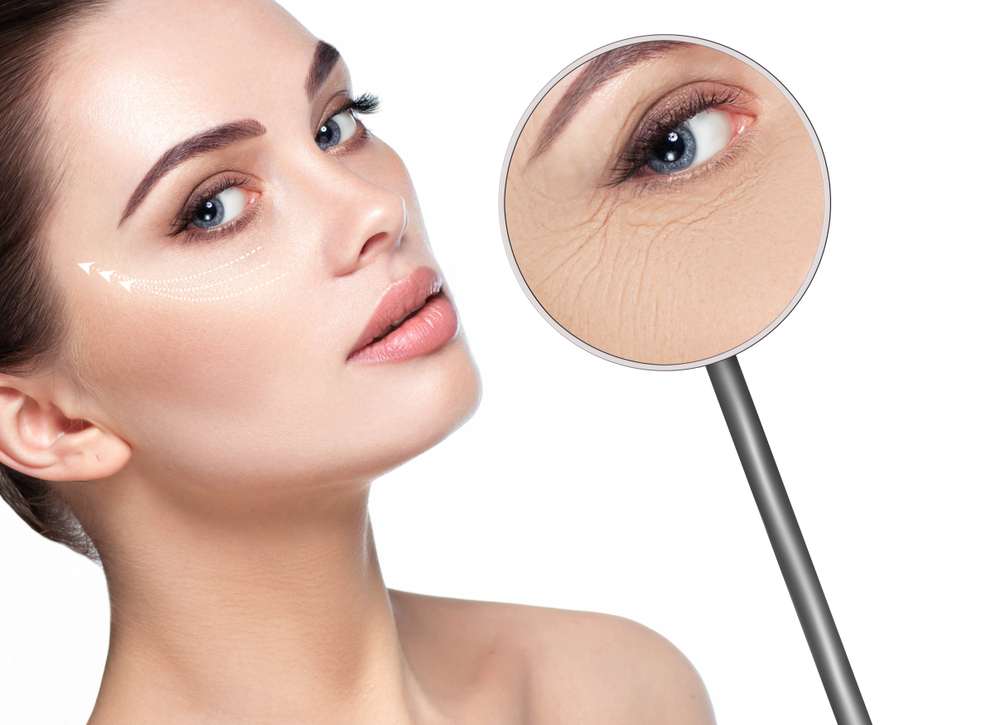Mesotherapy is the name given to the application of specially prepared medication mixtures for various purposes to the middle layer of the skin using special needle tips.
Aesthetic Mesotherapy:
In aesthetic mesotherapy, the goal is to provide benefits by directly injecting medications needed to the target area on the skin, subcutaneous fat tissue, and the scalp, which will have a direct and desired effect in the direction we want.
The number of sessions in mesotherapy may vary depending on the problem, the mechanism of the problem’s occurrence, the duration, and the characteristics of the medications used.
- Skin Rejuvenation with Mesotherapy:
There are various factors, primarily age and environmental factors, that can damage and age our skin. As the skin ages, blood circulation decreases, leading to a decrease in the nourishment and oxygen intake of skin cells. As a result, both the number and functions of skin cells decrease. The top layer of the skin, called the keratin layer, thickens, and the skin loses its radiance. In contrast, the middle layer, which gives vitality and nourishment to the skin, becomes thinner. Collagen and elastin levels in the skin decrease, leading to noticeable skin sagging and wrinkles.
Mesotherapy can be applied to the face, neck, back of the hands, and décolleté areas with the aim of revitalizing, tightening, moisturizing, lightening skin blemishes, reducing the appearance of fine wrinkles, and rejuvenating the skin. To achieve more effective results in a shorter time, the medication mixtures to be used in mesotherapy are prepared specifically for the individual according to their skin problem.
These mixtures may include hyaluronic acid, peptides, amino acids, enzymes, vitamins, minerals, and antioxidants. Administering these substances directly to problematic areas of the skin enhances collagen and elastin synthesis, benefiting skin firmness and renewal.
- Hair Treatments with Mesotherapy:
Mesotherapy can be applied to the scalp with the aim of stopping hair loss, revitalizing the scalp, and improving the appearance of thinning and weakened hair. It is particularly beneficial for hair loss, thinning problems, and hair rejuvenation.
Hair mesotherapy can regulate sebum secretion in the scalp. The direct injection of effective medications, vitamins, and minerals into the scalp can promote hair health. Hair loss can be stopped, and new hair growth can be stimulated. Hair mesotherapy can also regulate blood circulation in the scalp.
Hair mesotherapy can be used to enhance the effectiveness of other hair loss treatments. It can be applied before and after hair transplantation procedures.
- Mesotherapy in Spot Reduction and Cellulite Treatments:
Mesotherapy can be applied to areas such as the legs, abdomen, and arms for spot reduction (lipolysis) and cellulite treatment. After lipolysis mesotherapy, the fatty acids that emerge are excreted through the kidneys, so individuals are advised to consume plenty of fluids after treatment.
The medications used in cellulite treatment and spot reduction mesotherapy include subcutaneous fat solvents, agents that increase blood circulation, and edema-reducing products. While reducing fat mass, it also improves the appearance of cellulite by resolving edema and regulating circulation.
The skin around the eyes is structurally very thin. Changes such as sagging of the eyelids due to the loss of elasticity and the formation of crow’s feet wrinkles occur with age. On the other hand, changes in color and puffiness in the eyelids can be aesthetic concerns at any age. Mesotherapy treatments or autologous cellular therapy can be performed on the skin around the eyes for these concerns.
In mesotherapy, the aim is to achieve a younger and more radiant appearance in the eyelids and eye area by increasing the activity of the individual’s own skin cells. This includes increasing skin tightness, correcting mild eyelid sagging, improving the appearance of dark circles around the eyes, repairing fine wrinkles, and reducing the appearance of crow’s feet. To achieve satisfactory results, age, the intensity and depth of wrinkles, and the degree of skin elasticity loss should be considered when choosing the treatment.




